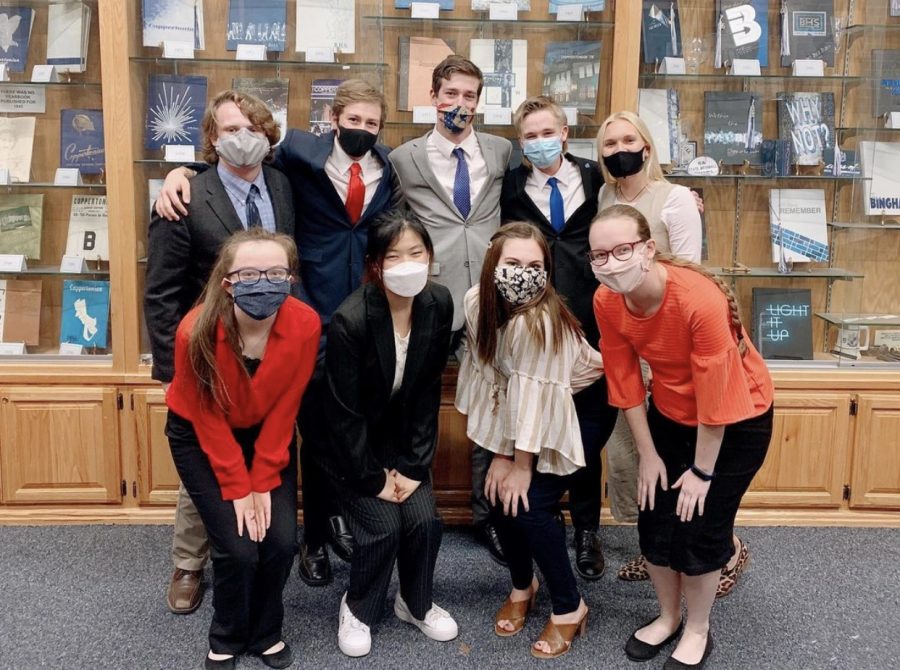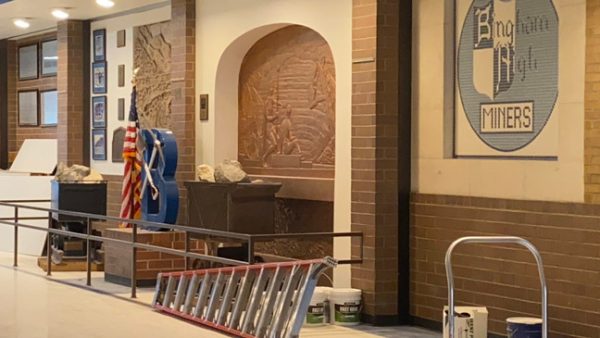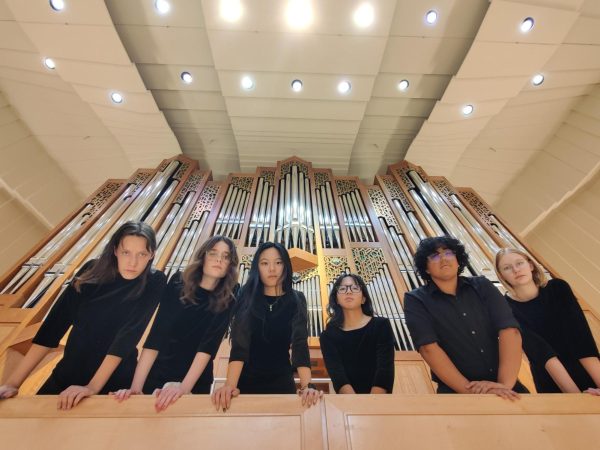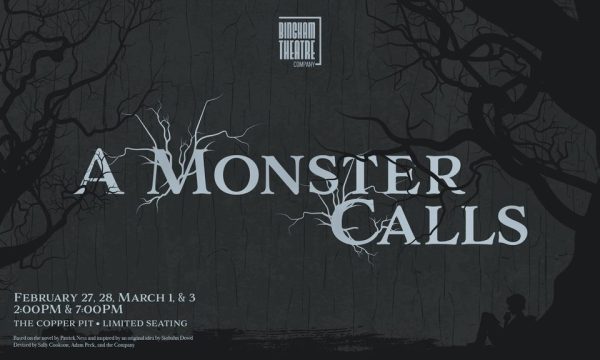Dive into Bingham’s Clubs
With more than 40 different options to choose from, Bingham’s selection of student clubs may be difficult to navigate, so I’m here to give you a rundown of the plethora of options. Each with a purpose and a schedule full of activities, we will talk about what it’s like to be a member of a club and why a student should get involved in one.
The school’s clubs run in about six different categories of focus: sports, career interests, cultures/ethnicities, serving others and making a difference, and Bingham student leadership. Although these categories are widely ranging, they all have the common goal of preparing students for their futures by teaching them different skills, giving them opportunities for new responsibility, and helping them expand their comfort zones. I’m going to be diving into clubs in just a few out of these six categories, highlighting the experiences they offer to members.
Some of Bingham’s most well-known clubs are HOSA, FCCLA and FBLA. These clubs all compete across the state and even onto a national scale, and students are given the opportunity to meet people of experience in the career fields they may be looking into. FCCLA, Family Career and Community Leaders of America, provides a broad variety of career options to dabble in. These organizations are a great way for students to learn more about their interests and potential careers. For those who may not be able to narrow down their interests, or just want a different experience overall, there are alternative clubs created to benefit them as well.
There is a club for just about every student at Bingham, with focus on cultures or everyday things like hobbies. A great option for students trying to find their place is in a service-oriented organization. Just about everyone can enhance their character by serving others. Clubs like NHS, Golden Gate, and the Student Government, among many others, are fixated on bettering the lives of the people around them. They all participate in service towards others, both immense and simple. Golden Gate’s main focus is purely to smile at everyone they see. For those who may struggle to find a club for them, these clubs are sure to be a fail-proof match. Each club, in their own way, prepares students for their futures by stimulating an environment for them to act and take part in the things they enjoy and care about.
A great example of this preparation for the future is the DECA club, which features students interested in marketing, business, or just overall interpersonal interaction. Role-playing as adults in the marketing industry, these students are given a scenario and asked to create a presentation based on that situation. They do this in their competitions, engaging in matches even across the United States. These exercises provide the students with the knowledge and experience they need to be more comfortable and overall successful in their future endeavors.
Carter Boswell, 2019’s DECA President and current officer, commends the way the club has helped to shape him: “I just feel so much more comfortable just talking to anyone, like I had to interview someone for my communications class. It was this higher-up business man that I happened to get a zoom call with and I was just like ‘Oh yeah I can do this! I do this at competitions all the time.’” As Carter states here, his comfort zone has been widely expanded thanks to the club. That being said, it is completely understandable that it may be a tough decision to join a club.
With the teenage years being such a busy and critical time of life, students have to choose attentively how they want to spend their time. There are so many pieces of adolescent life to balance. However, those already involved seem to rave about the benefits rather than gripe about the sacrifices.
“It takes up such little time and is honestly worth it for all the friends you make and the fun you have,” says Cameron Hicks, leadership of FBLA. Hicks is a senior who was also recently elected as the vice president of the TSA club for JATC. “Honestly, not having time is just an excuse. That’s what I said sophomore year and didn’t get involved until junior year and I regret it.” Many students avoid clubs because they are worried about it taking up too much of their time, but as Cameron explains here, this is often used as rationalization to not participate. There are students, though, that may be looking from the opposite end of the spectrum, being so involved in the school’s activities that they don’t know how to fit another activity into their already full agenda.
When it comes to students with other extracurriculars to take up their time, clubs are designed to fit into their lives as well. Mrs. Cox, teacher at Bingham and adviser for the HOSA club, says, “HOSA is a co-curricular organization designed to meet their needs. We are flexible and allow the student to participate in whatever capacity works best for them.” As Cox states here, clubs are flexible and understanding to those who need to balance their schedules carefully. They are simply here to provide students with the experience they desire or need.
To get involved in these clubs, there are resources available all over Bingham. There are teachers who work as advisers for clubs or know the advisers to clubs. We have student counselors who can help explain the clubs further and aid in getting a student involved in one. Even just talking to fellow students can help you know more about a club and find the resources to join.
Bingham’s club programs are highly acclaimed by everyone involved. They stand as a stepping stone for students to get whatever experience necessary for their future success. From the People of the Pacific to the Technology Student Association to Dance Company, there is an abundance of options to choose from.







